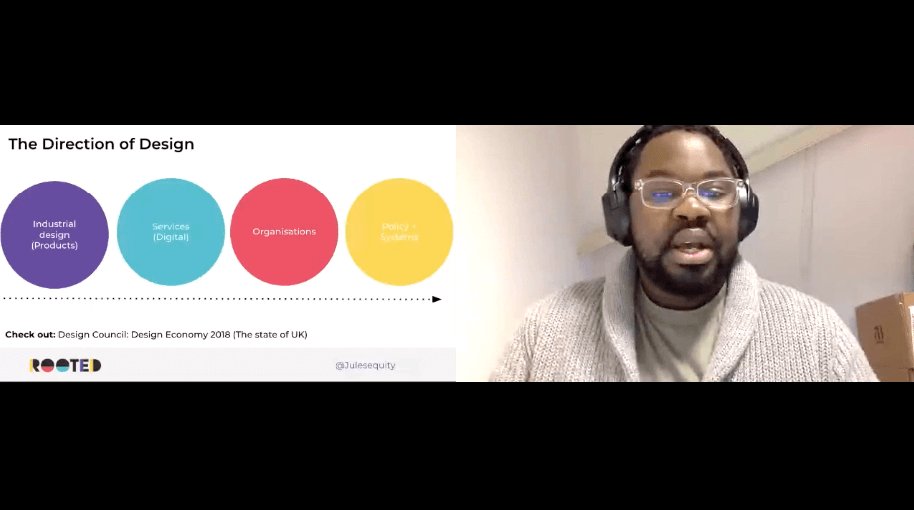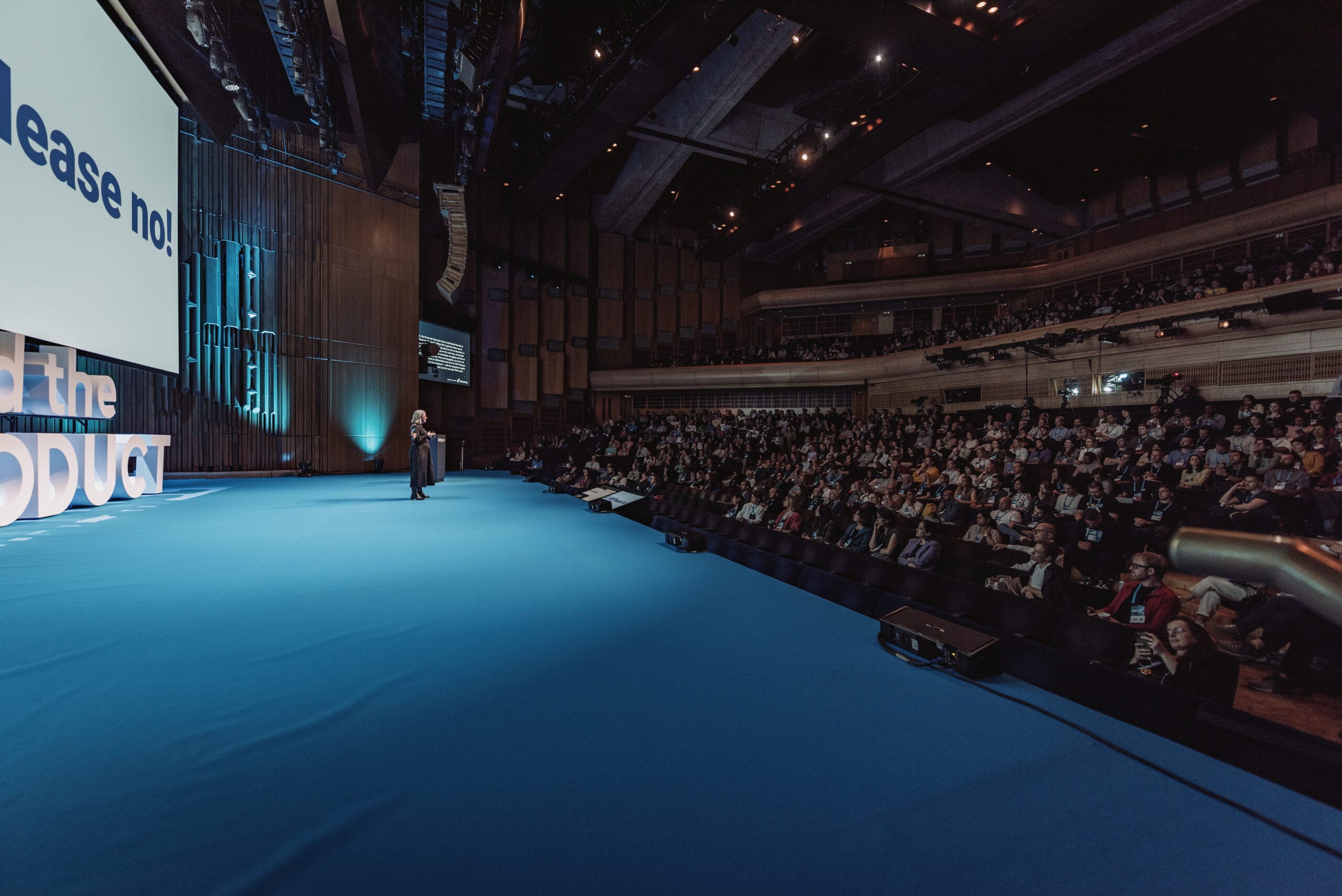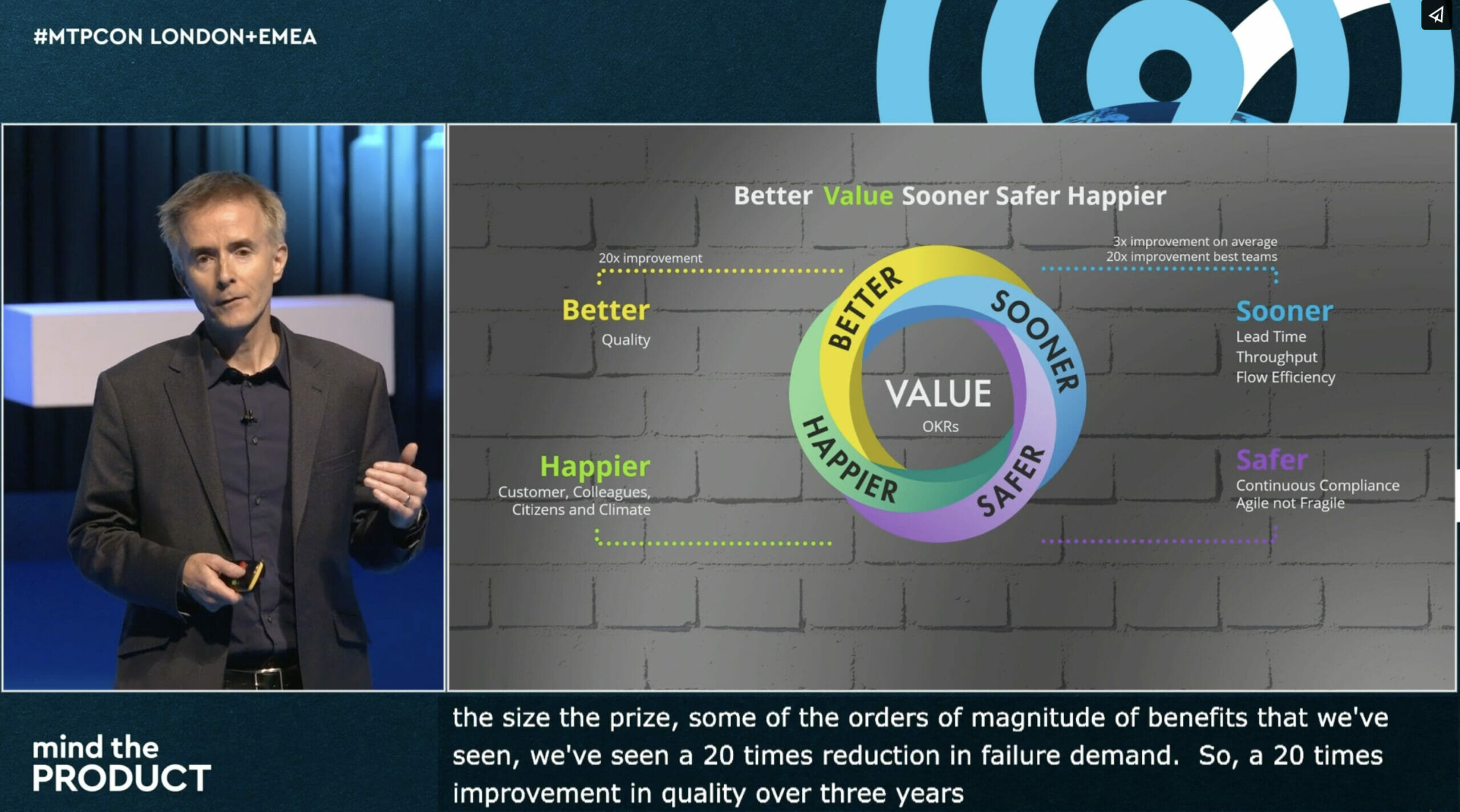Creating innovative products in complex industries such as healthcare presents unique challenges. For instance the definition of a minimum viable product in such a context is different: you cannot provide a healthcare coverage that works only sometimes, you need to partner with existing players and work with their legacy systems, you need to deeply understand and work within complex regulations, and so forth. These conditions must be addressed head on while building products and teams in such spaces.
Matteo Zanella (Group Product Manager of Member Experience at Collective Health) talks about the challenges of building innovative products in complex industries such as healthcare.
Structure means clear ownership and accountability
Everybody must know who is responsible for each product component (or process, if we are not talking about PMs). This is critical not only to making sure that that person is empowered to make decisions, but also to making sure that any relevant information is funneled towards them. This structure is fundamental to the owner being able to successfully identify requirements, evaluate trade offs, and ultimately propose and carry on improvements to the product.
The reality is that most of the time there is no clear way to define responsibilities. The challenge is not just how the product components fit together logically – it’s also about how the rest of the organization is structured, and what specific skills are available in your team. It is a bit like a game of Tetris – you need specific shapes to complete your desired organizational structure, but you also need to fit your shapes into the existing organization in order to be effective.
Process is about clear decision making and communication flows
Good process is primarily about clarifying who makes decisions and how decisions are made. To achieve good process, it must also be clear how the information to support decisions is collected, and how anybody in the organization can get the required information to the product owner. There are several types of process that, when taken together and run on a recurring basis, allow organizations to achieve both decisiveness and effectiveness (caveat: this is the ‘process stack’ that works for us but, depending on the organization size, not all processes are needed at any given time):
- Strategic planning: with a 6 to 12 months cadence, it allows you to identify the key goals and metrics to strive for at the highest level. One of the most interesting frameworks I have seen for this is the Big Hairy Audacious Goal framework.
- Strategic initiatives prioritization: this is the evaluation of resource allocation on shorter timescales than the strategic planning process (usually between 1 and 6 months), with the goal being able to rapidly respond to environmental changes. It allows organizations to move away from “prioritization by screaming louder”, and to establish a more rational, consensus driven process that allows teams to evaluate potential initiatives with the equal, clear criteria.
- Individual goal setting and evaluation process: with a cadence in between that of the strategic planning and strategic initiatives prioritization, this process allows each member of the team to align their own performance goals with the company’s goal. Perhaps the most recognised approach for this is the Objective-Key-Results model adopted by Google and others. For a successful implementation of this framework, it’s essential to separate evaluation criteria from OKRs to avoid incentivizing people to game the system.
- Ongoing stakeholders’ updates and feedback: between prioritization cycles (every 2 to 6 weeks) it’s important to monitor the execution of the prioritized initiatives to ensure success, and also to incorporate feedback from the key stakeholders as early as possible. In the product world some people call this a “Product Council”.
- Continuous operational improvements / feedback: it’s important to continuously (and by that I mean daily and weekly) capture feedback from day-to-day operations, not only to rapidly address problems, but also to build up the knowledge that will be used to prioritize larger initiatives in the future. This process should also be used to ensure that all departments are aware of the existing roadmap, and also to solicit their feedback on that roadmap.
- Design and build sprint cycles: all of these processes really only have one goal – making sure that the talented designers and engineers are able to focus their bright minds on the right problems at all times.
Setting up these processes correctly is like having a healthy personal routine that allows you to spend most of your time “doing things”, as opposed constantly evaluating “how to do things” or “how to decide what things to do”. Moreover, this isn’t only about collecting information from across the organization for prioritization purposes, it is also about ensuring that all departments feel listened-to and invested in your product and business vision. It is about making sure that they understand how to interact with each other and with the product team, how the prioritization is executed, and that they feel a sense of confidence in that.
Attitude
For some this is organizational culture, for me it’s about empowering everybody to be the best person they can be, and ultimately be happy.
It is about taking responsibility for making your coworkers happy. For involving them as much as possible in decision making, walking that fine line between efficiency and building consensus. For listening to them. For encouraging them to take responsibility and not pointing fingers if things go wrong. For allowing them to focus on what matters. For maintaining a workplace based on trust and respect. For not succumbing to the loudest voice in the room. For intervening when somebody gets out of line. For identifying what battles are worth fighting. For ensuring they have time for their personal life, vacations, and decompressing. For being mindful of ours and their feelings and needs.
Of course, none of these are things that can be implemented or adopted overnight, and the ‘process stack’ that we use isn’t going to be right for everyone. However, so long as you’re mindful of your team structures, the processes that allow you to drive decisions, and of how you & your team interact as people, you’ll feel the difference. And if you want a more thorough write-up, there are more details available on Medium.







Comments 0